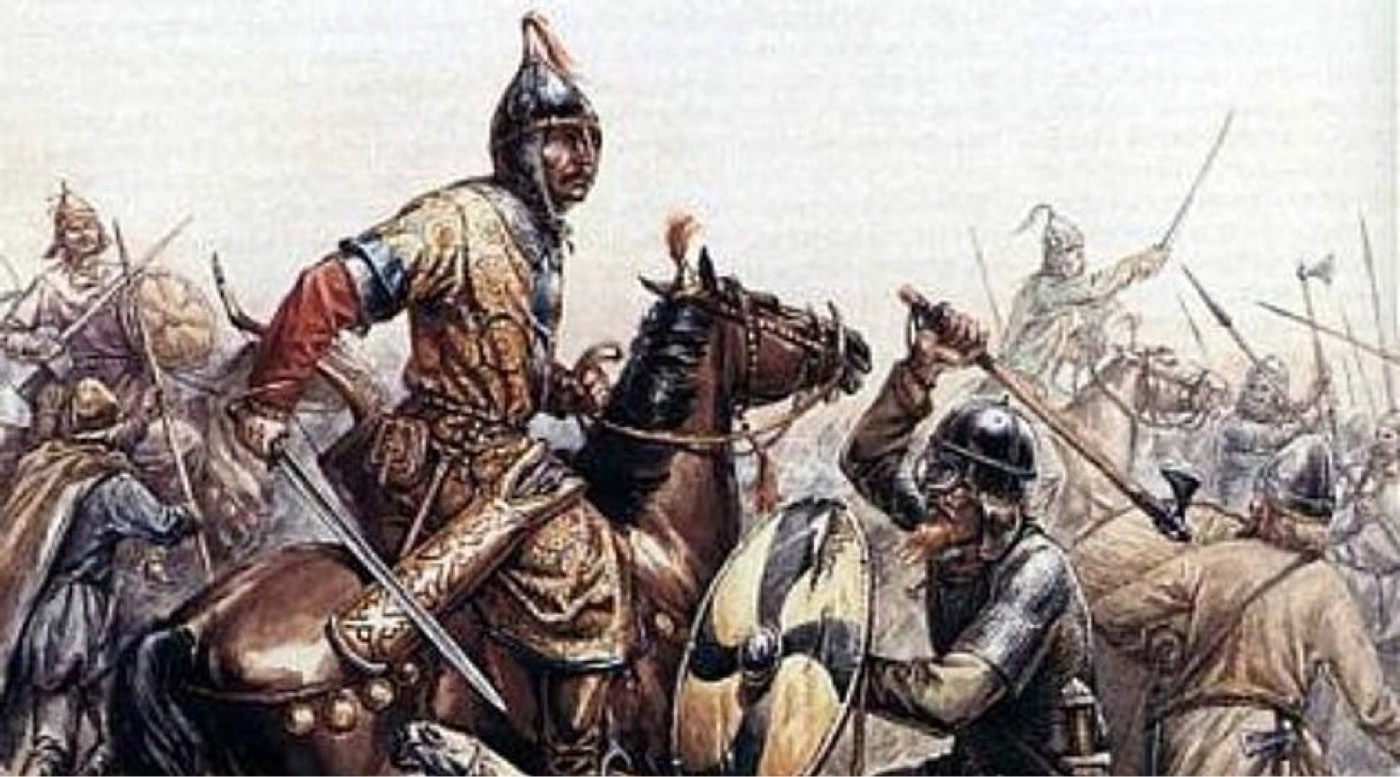What is the view of Shlomo Sand on the Jewish people?
Shlomo Sand is an Israeli historian and professor who has written several books challenging the conventional views on the Jewish people. According to Sand, the Jewish people are not a distinct ethnic group or a nation with a common origin, but rather a collection of diverse groups who converted to Judaism at different times and places. He argues that the idea of a Jewish people with a continuous lineage from ancient Israel is a modern invention, created by Zionism and supported by nationalist historiography.
Sand’s main arguments are:
There was no mass exile of Jews from the Land of Israel after the Roman destruction of the Second Temple in 70 CE. Most Jews stayed in their homeland and later converted to Christianity or Islam. The Jewish diaspora was formed mostly by voluntary migration and proselytism.
Judaism was a missionary religion that actively sought converts in the ancient world. Many groups of people adopted Judaism, such as the Edomites, the Itureans, the Nabateans, the Khazars, the Berbers, and the Himyarites. These converts became the ancestors of many Jewish communities around the world.
The modern Jews of Eastern Europe, or Ashkenazim, are mainly the descendants of Khazars, a Turkic people who ruled a large empire in the Caucasus and converted to Judaism in the 8th or 9th century CE. They migrated westward and mixed with local populations, adopting their languages and customs.
The modern Jews of Spain and Portugal, or Sephardim, are mainly the descendants of Berbers and Arabs who converted to Judaism in North Africa and later settled in the Iberian Peninsula. They also mixed with local populations and developed their own culture and language.
The modern Jews of Ethiopia, or Beta Israel, are not related to the ancient Israelites, but rather to local African tribes who converted to Judaism under the influence of Christian missionaries.
The modern Jews of Yemen, or Teimanim, are not related to the ancient Israelites either, but rather to Arabs who converted to Judaism in South Arabia under the influence of Jewish traders and refugees from Roman persecution.
Sand’s books have been widely criticized by other historians and scholars for being based on selective use of sources, flawed methodology, ideological bias, and historical inaccuracies. Some critics have accused him of distorting Jewish history and identity for political purposes, and of denying the Jewish people’s right to self-determination and their connection to their ancestral homeland.

